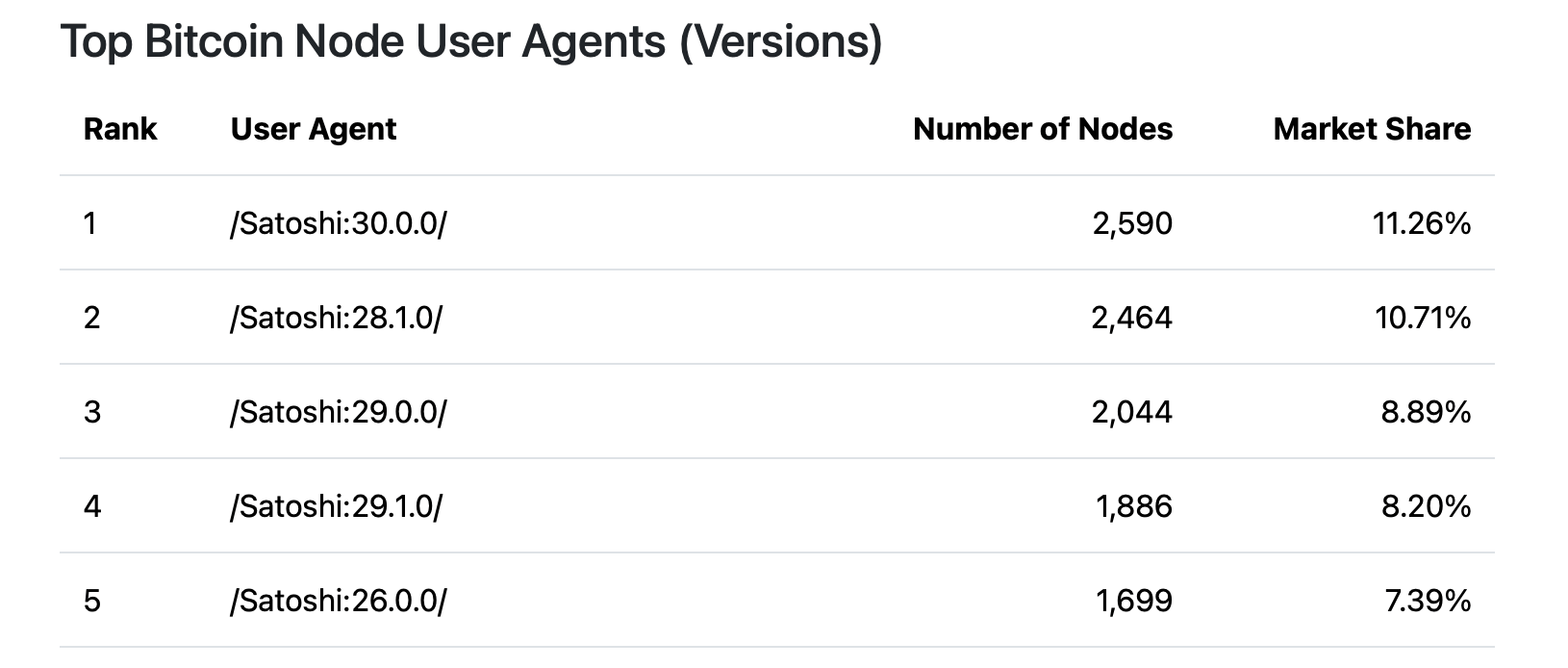Bitcoin’s community has found itself divided once again, but this time the debate has nothing to do with block size or scaling battles of years past.
Instead, the current friction centers on whether arbitrary, non-financial data should have a place on the Bitcoin blockchain, especially after Bitcoin Core version 30 expanded the protocol’s OP_RETURN data limit from 80 bytes to 100,000 bytes.
This friction has pushed some participants toward adopting the Knots software, which gives node operators the option to filter the transactions they relay or validate. It has also culminated in a proposal, covered by Bitcoin.com News in October, that outlines a soft fork intended to remove specific categories of transfers at the consensus level. The architect behind this proposal is known only by the pseudonym “Dathon Ohm.”

Beyond the pseudonym, nothing is known about this individual, yet the developer is active on Github and also maintains an X account. That profile routinely engages critics of the soft fork proposal and posts material promoting the fork to the audience following the feed. Some observers speculate that Dathon Ohm may be Bitcoin Knots creator Luke Dashjr, though no evidence confirms the claim. Dashjr claims:
“Dathon took an idea I had and turned it into BIP444”
A handful of other names have been floated as well, but none have been verified. Without delving into the full back-and-forth of the wider dispute, the strategy at play bears an uncanny resemblance to the User Activated Soft Fork (UASF) campaign of 2017. Bitcoin.com News covered that chapter in March 2017, when—much like the emergence of Dathon Ohm—a pseudonymous developer known as Shaolinfry surfaced and helped drive the conversation.
Likewise, the unidentified Shaolinfry introduced a framework for activating soft forks in Bitcoin. This approach relied on block heights rather than timestamps to mark both the beginning and expiration of the activation window. Central to the UASF design was the lockinontimeout flag, intended to trigger activation at a predetermined height even without miner consensus. In tandem, the proposal emphasized preserving backward compatibility throughout the transition.
The leveraging of a Shaolinfry’s UASF gathered steam, when a segment of the community pushed to implement Segregated Witness, commonly known as Segwit. Essentially, nodes were set to activate Segwit on Aug. 1, 2017, with or without miners, but miners voted to activate Segwit through BIP-91 shortly before the deadline. By meeting the goal of BIP-91, it effectively averted the need for the UASF to “fire.”
Bitcoin may once again find itself at a similar crossroads if Ohm’s soft fork initiative continues to gather momentum. Moreover, the number of Knots nodes has climbed, and out of 23,282 public nodes, 4,654 are now running the software.It’s reasonable to assume that some Knots users favor Ohm’s proposed soft fork, though that support seems far from universal. Public data also shows 18,579 nodes operating Bitcoin Core at the time of writing, meaning 79.80% of active nodes rely on Core.

In addition, the debated Bitcoin Core version 30—also referred to as Satoshi:30.0.0—currently stands as the network’s top client. Version 30 adopters have no issue with the OP_RETURN data limit increase and data shows adoption has risen since release. Still, if momentum builds, and the debate escalates, it could push Bitcoin into another defining chapter, echoing earlier disputes over the network’s direction.
It’s still too soon to know whether events will unfold in that direction, but conversations inside the community about launching a new UASF are already underway. How such an effort might develop today could look vastly different from the path taken in 2017.
- What is the new Bitcoin soft fork proposal about? It aims to restrict certain non-financial data on the Bitcoin blockchain through consensus-level rules.
- Who is behind the proposal? The architect is a pseudonymous developer known as Dathon Ohm, whose identity remains unverified.
- Why is the community divided? The debate centers on whether large OP_RETURN data use should remain permissible after Bitcoin Core version 30 raised the data limit.
- How does this relate to past UASF efforts? The strategy mirrors the 2017 UASF model, drawing comparisons to the earlier campaign led by the pseudonymous figure Shaolinfry.
免责声明:本文章仅代表作者个人观点,不代表本平台的立场和观点。本文章仅供信息分享,不构成对任何人的任何投资建议。用户与作者之间的任何争议,与本平台无关。如网页中刊载的文章或图片涉及侵权,请提供相关的权利证明和身份证明发送邮件到support@aicoin.com,本平台相关工作人员将会进行核查。



